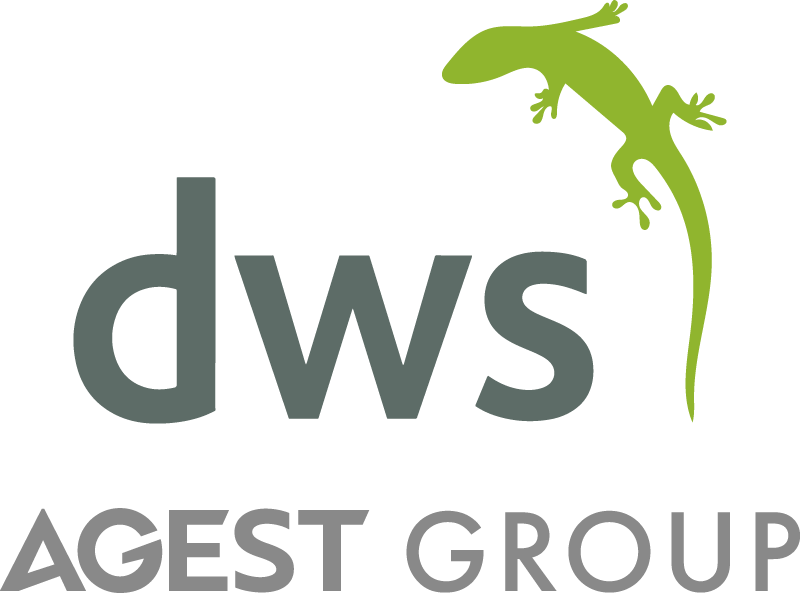by Lee Balsom
What’s the noblest intention in E1 implementations?
We’ve all heard the cry “No modifications!” from various Project and IT Managers, usually at implementation. There’s no denying having a vanilla system is a great place to be… until the first modification is required.
Even the most dedicated “no mods” sites find it difficult to avoid creating custom reports. Which inevitably lead to custom applications, which lead to this small, really small (I promise!) modification-to-standard “because it’s the best way of solving this particular problem”.
Or how about we don’t modify standard? Instead let’s copy the standard objects we want to modify, thus sticking to our “no mods” rule! That’ll allow us to modify without upsetting management. A cunning plan! Or is it? But that’s a topic for another post.
Let’s get this straight from the start… the term modification encompasses mods-to-standard, copies-of-standard and custom objects. Why Customs (and Copies)? Because these are rarely standalone objects, often needing to access standard-JDE tables, call standard functions etc. And once your custom objects do that, they risk being affected by net-change when upgrading, or when applying ESUs/getting code-current.
We haven’t yet discussed Version Overrides – another bone of contention, and another category of modification, but we’ll talk about those another day, too.
Fast forward 3-5 years and your typical E1 site will own, maintain and support a combined average of 2000-5000 modifications of various sizes and types. DWS has performed detail modification analysis on over 230 E1 customers around the globe. We’ve seen sites with as few as 500 modifications and as many as 45,000.
But regardless of how many modifications you support, DWS guarantee you’re carrying far too many.
What’s the answer?
Our Dimension Analyze™ service has a proven track record of reducing our customers’ modification footprints by between 25% and 80%, with an average 50% reduction. The ongoing cost savings are undeniable – and substantial!
We analyze your modified footprint to a precise and very low-level of detail. We examine code, properties, settings, check-boxes, control layout/field positioning. Anything a developer can change or add to any E1 object is examined in detail enabling us to eliminate all the objects you don’t need, use or want. This can be done ahead of an upgrade or code-current event, or indeed simply to start afresh with a pared-down footprint, meaning less effort to maintain your IT systems.
Don’t make the mistake of maintaining objects or starting an upgrade/code-uplift on the back foot. Upgrade (and support) only the modifications you need. If you suspect you have too many objects that you are carrying unnecessarily, or you’re just not sure, talk to DWS about a free consultation.
Explore how to reduce your modified footprint by up to 75% with Dimension Analyze
Planning an Upgrade or want to get Code-Current? Explore our services or contact us to arrange a consultation.




